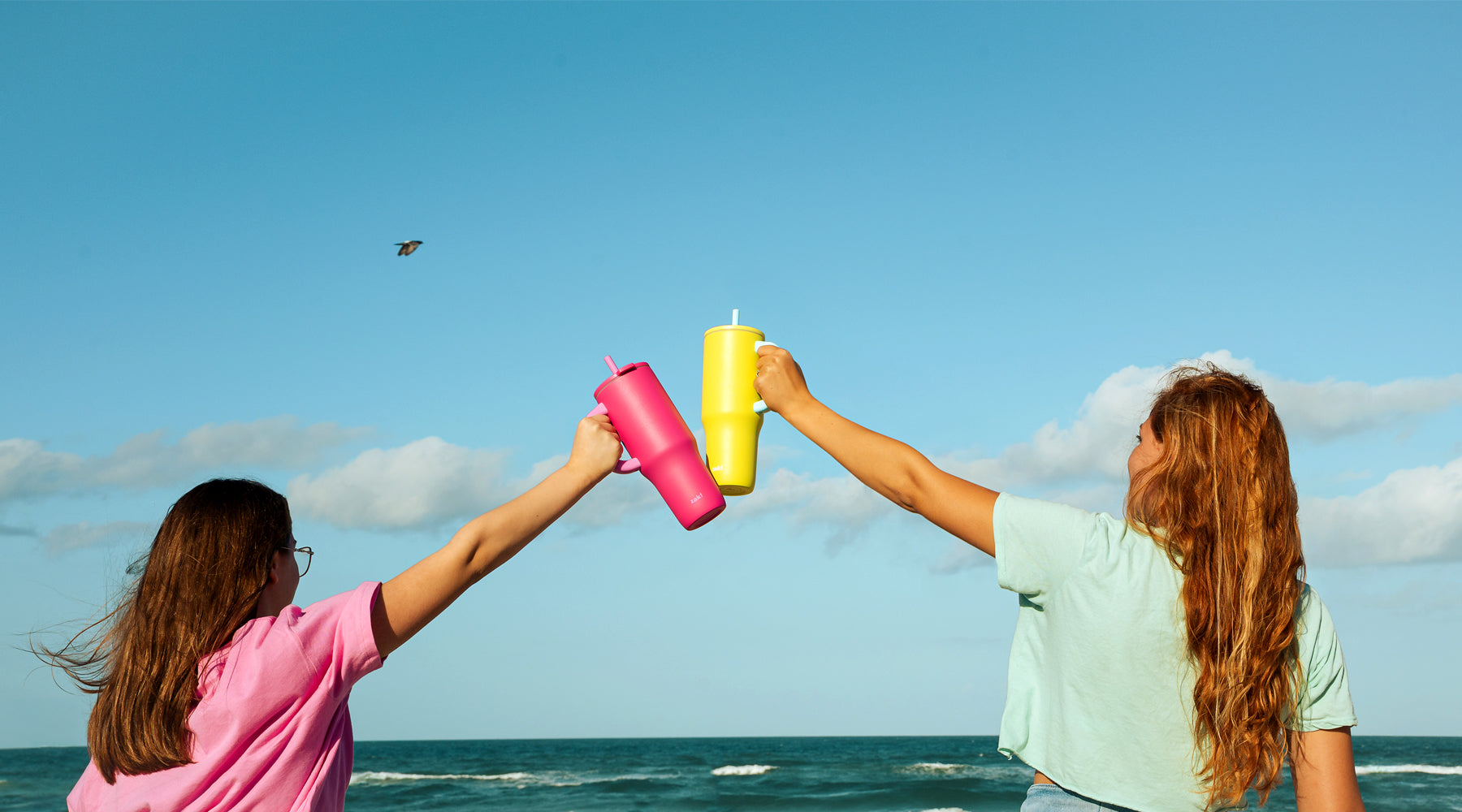All About Caffeine
Whether they’re studying for exams or finishing up a paper, college students pull their share of all-nighters. And how do they survive the next morning? Caffeine. Particularly busy students practically live on the stuff. But if you’re one of those people who substitute coffee for sleep, here are a few things you should be aware of:
You can overdose on caffeine. A little too much will make you feel nervous and jittery. A lot too much can lead to cardiac arrest. The symptoms in between, ordered by increasing severity, include increased heartbeat, nausea, anxiety, heart palpitations, insomnia, sweating, dizziness, and vomiting. If you experience any of these symptoms, you should stop consuming caffeine for the day. It will probably take at least 4 hours for these effects to fade, depending on sensitivity and the size of the dose.
So how much is too much caffeine? The Mayo Clinic suggests a safe limit of 400 milligrams per day for a healthy adult. That’s not a rule, though, because sensitivity to caffeine can vary greatly from person to person; some might see negative effects from a single cup of tea. The difference depends on a variety of factors, from age to body mass to genetics and existing health conditions. It’s important to pay attention to your personal tolerance and decide for yourself if you’re overdoing it.
That isn’t to say that caffeine is all bad—about 100 milligrams, generally speaking, will lift your mood, making you more sociable and talkative. And of course, it also helps you feel more awake, fighting fatigue and improving focus. The key is moderation. To keep track of how much you’re consuming, check out this chart, which tells you how many milligrams of caffeine are in a cup of coffee, tea, or other caffeinated food or beverage.
Keep in mind, though, that while the chart may be accurate for prepackaged foods, it won’t necessarily reflect the exact amount of caffeine in your cup of coffee. Like caffeine sensitivity in people, caffeine level in coffee is affected by different factors in the growing conditions of the coffee bean as well as the preparation and brewing process. If you brew your own coffee, there are a few things you can control for a more caffeinated cup. First, use robusto beans, which have about twice the caffeine as arabica. Choose a light roast instead of a darker one—this might seem counterintuitive, but caffeine is burnt off during the roasting process in exchange for stronger flavor. Use a rougher grind, which creates more surface area and allows more caffeine to seep out of each grain of coffee. And finally, brew your coffee for a longer time, such as in a French press instead of a drip maker. Of course, if you’re looking for a milder buzz, do just the opposite
If you buy your coffee instead, don’t choose your store for caffeine content, because the variation is high enough that comparable drinks across different chains will get you pretty much the same amount. As for what to buy, we recommend an espresso or espresso drink, like a latte or cappuccino. Even though it has a reputation for keeping you awake, espresso has less caffeine than a regular drip coffee, because it comes in such small servings. There’s just enough for you to get the benefits of coffee, but without the side effects.
Whatever you’re drinking, you can get a boost from your fun and fashionable beverage container as well. Check out these vacuum insulated, 2-in-1 travel tumblers for both hot and cold drinks!



